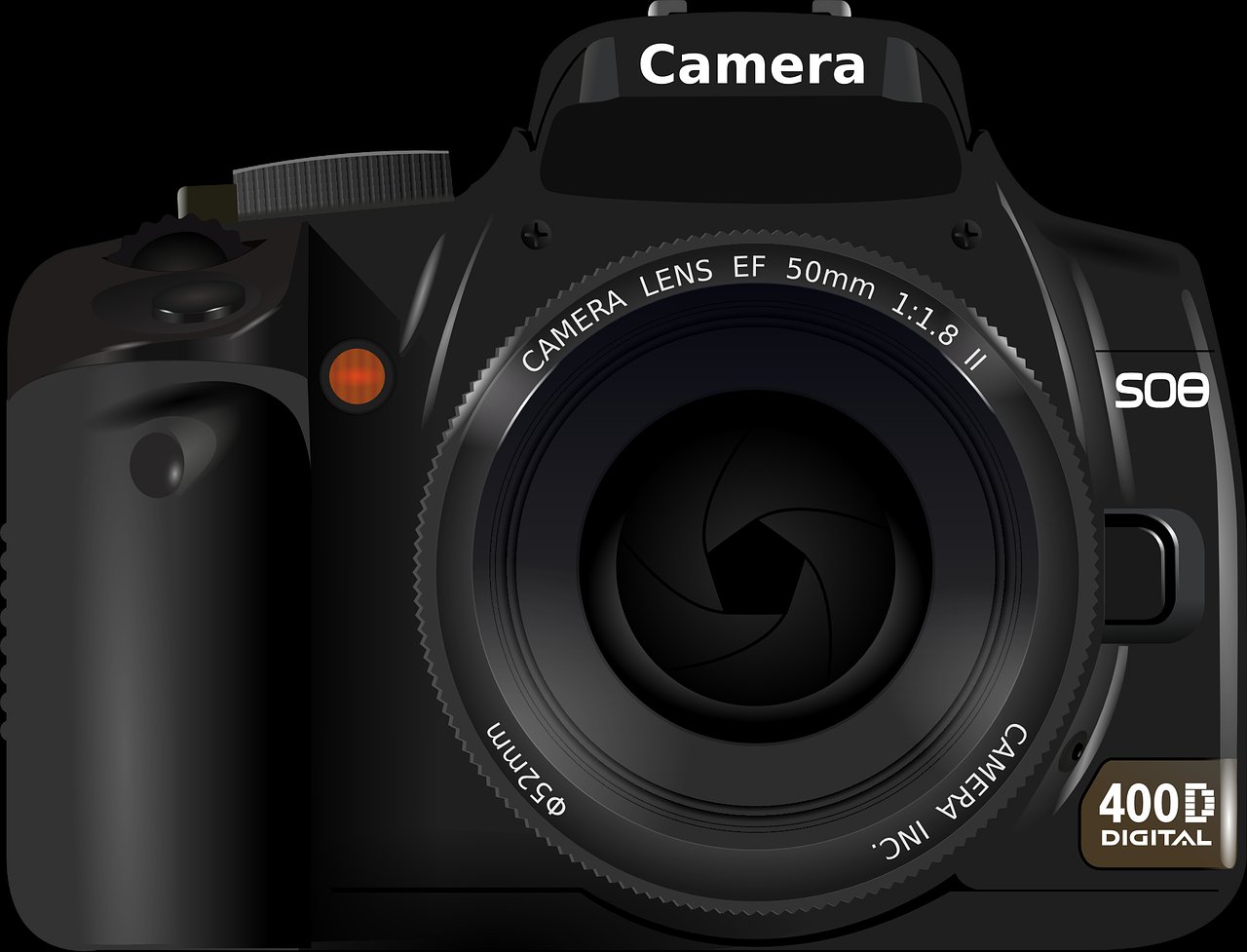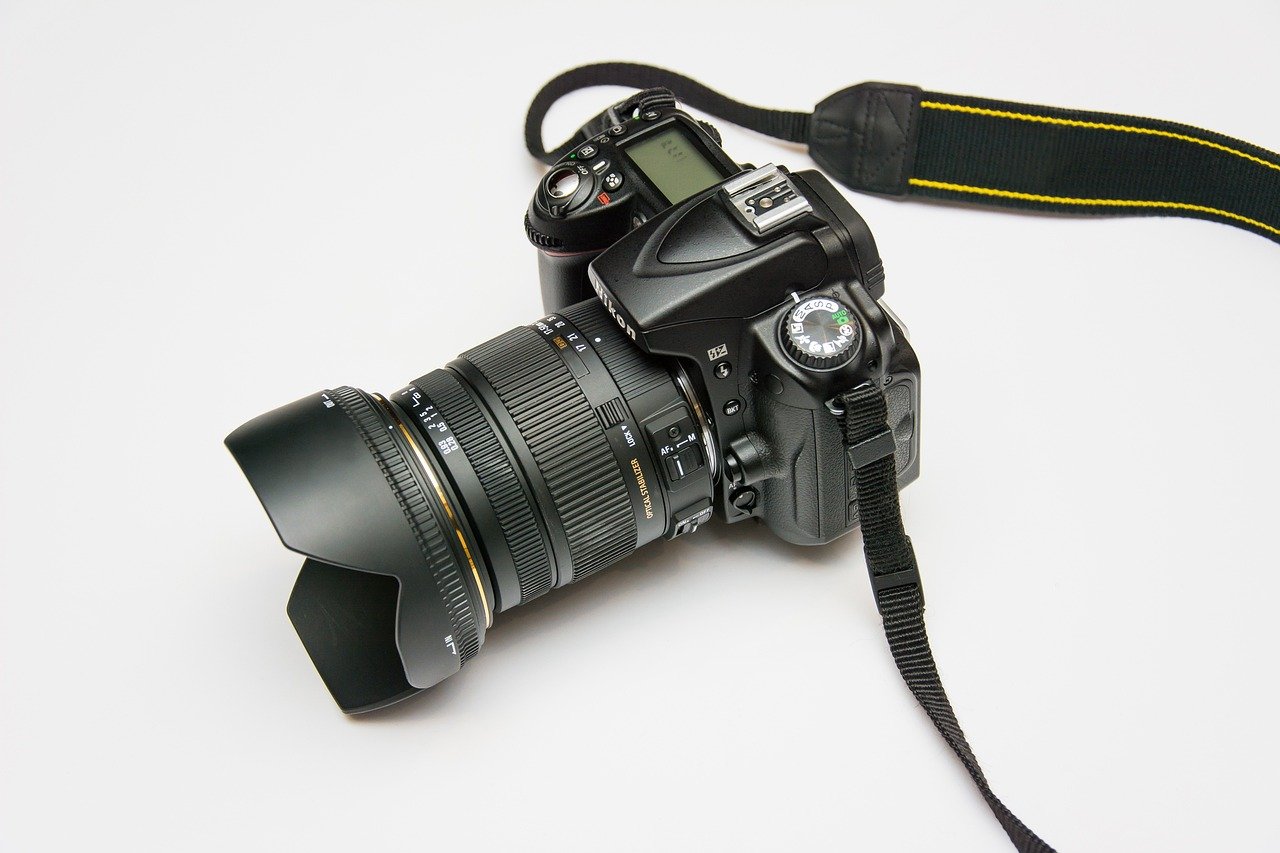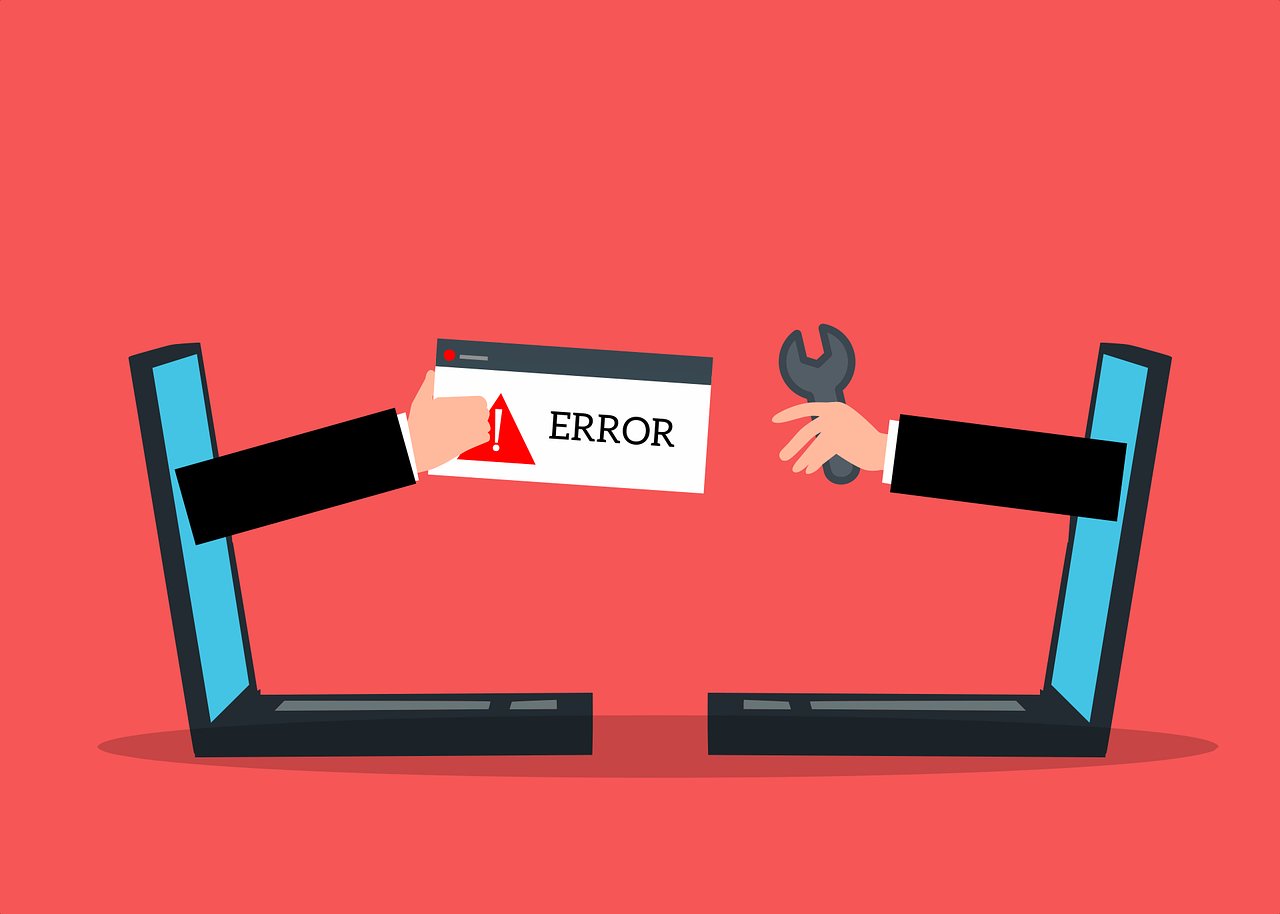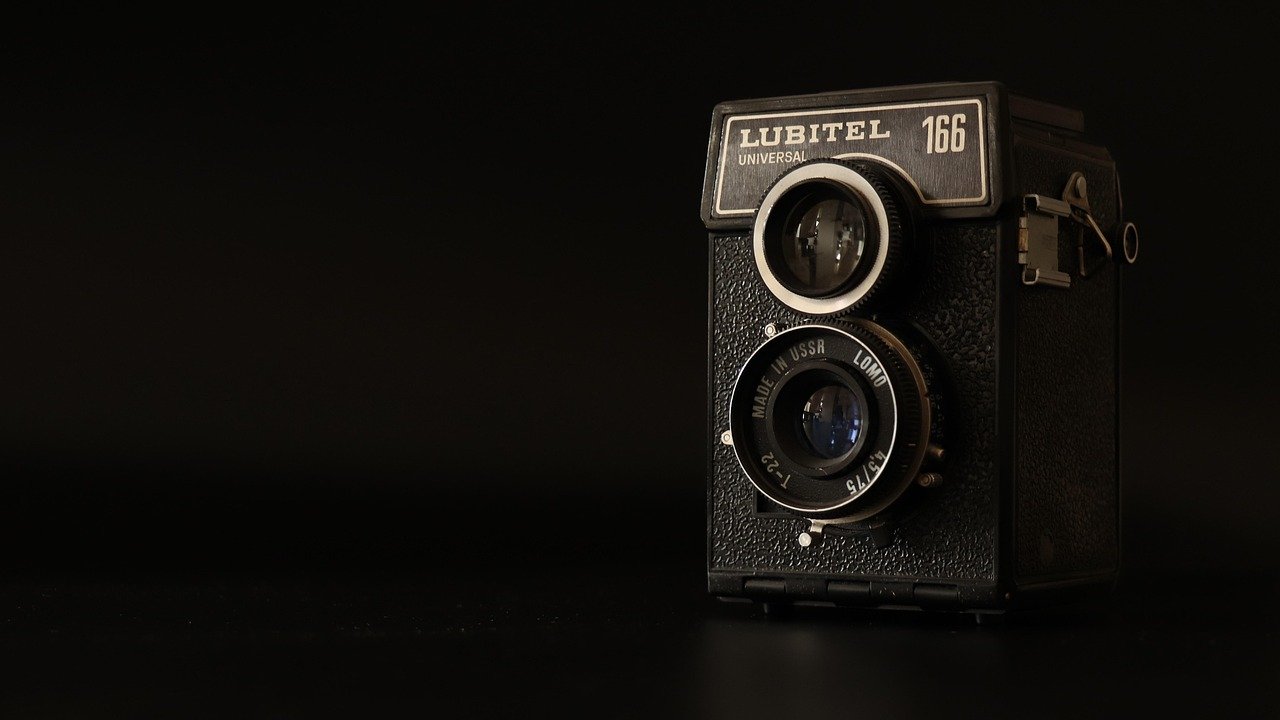Understanding Why Your Android Camera Might Be Acting Up
The camera on your Android device is, without a doubt, a crucial feature. We use it to capture memories, document our lives, and even for work-related tasks. So, when that camera throws an error, it can be incredibly frustrating. But don’t worry, you’re not alone, and there are usually straightforward solutions. Before we dive into the fixes, let’s explore the common culprits behind the dreaded “Camera Failed” message or other camera malfunctions. Understanding the “why” can sometimes help you prevent these issues in the future. As Wikipedia explains, a camera is a device that captures images, and its proper functioning is essential for its purpose.
Low Storage: The Digital Cramped Space
One of the most frequent reasons for camera problems is insufficient storage space on your device. Think of your phone’s storage like a closet. If it’s overflowing with clothes (files, photos, videos, apps), there’s no room to add anything new. When your phone’s storage is nearly full, the camera app may struggle to save new photos or videos, leading to errors. You might see messages like “Can’t save photo” or the camera app might simply crash. This isn’t just limited to the camera; other apps might also start acting up. Regularly clearing out unnecessary files, uninstalling unused apps, and moving media to cloud storage or a computer can prevent this issue. Consider it a digital decluttering session for your phone. According to Wikipedia, data storage is a critical aspect of any digital device, and managing it effectively is key to smooth operation.
RAM Deficiency: The Memory Bottleneck

RAM, or Random Access Memory, is your phone’s short-term memory. It’s where your phone stores information it needs to access quickly. If your phone is running low on RAM, it can struggle to handle multiple apps simultaneously, including the camera app. This is especially true if you have many apps open in the background. The camera app might take longer to launch, freeze, or even crash. Closing apps you’re not actively using can free up RAM and improve performance. Think of it like giving your phone’s brain a break. If you’re a multitasking enthusiast, consider devices with more RAM. As Wikipedia states, RAM is a crucial component for a device’s performance, allowing for quick access to data.
Software Glitches: The Digital Gremlins
Sometimes, the problem isn’t you or your phone’s storage; it’s a software glitch. These are minor, temporary errors within the operating system or the camera app itself. They can manifest as the “Camera Failed” error, a black screen, or the app freezing. Software glitches can arise from various sources, including incomplete updates, corrupted files, or conflicts between different apps. Fortunately, these glitches are often easily resolved by restarting your phone, clearing the camera app’s cache, or updating the app and the operating system. Think of it as a digital reset button. According to Wikipedia, software bugs are inevitable in complex systems, and regular updates often include fixes for these issues.
Third-Party App Conflicts: The Uninvited Guests
If you’re using a third-party camera app (an app you downloaded from the Google Play Store, not the one that came pre-installed on your phone), it could be causing conflicts with the default camera app. These apps might have compatibility issues or might be interfering with the system’s camera functions. Even apps that use the camera, like Snapchat or Instagram, can sometimes cause problems if they’re running in the background while you’re trying to use the main camera app. Try closing all camera-related apps and see if the problem resolves itself. If it does, you’ve identified the culprit. Uninstalling the third-party app or updating it to the latest version might fix the issue. As Wikipedia notes, software compatibility is a crucial aspect of ensuring different applications can work together without issues.
Step-by-Step Guide: Fixing the Android Camera Error
Now that we’ve explored the potential causes, let’s get down to the business of fixing your camera. This section provides a step-by-step guide to troubleshooting and resolving common Android camera issues. We’ll start with the simplest solutions and work our way up to more advanced techniques. Remember to be patient and methodical, and you’ll likely get your camera back up and running in no time. As Wikipedia defines, troubleshooting is a systematic approach to identifying and resolving problems, and that’s exactly what we’ll do here.
Restarting: The Quick Fix
Often, the simplest solution is the most effective. Restarting your phone is like giving it a fresh start. It closes all running apps, clears temporary files, and can resolve minor software glitches that might be causing the camera to malfunction. It’s the digital equivalent of turning it off and on again. Here’s how to do it:
- Press and hold the power button on your phone.
- A menu will appear on the screen. Select “Restart” or “Reboot.”
- Wait for your phone to turn off and then back on.
- Once your phone has restarted, open the camera app and see if the problem is resolved.
This is usually the first step you should take. It’s quick, easy, and often fixes the issue. As Wikipedia explains, rebooting a device can clear temporary files and reset the system, often resolving minor software issues.
Force-Stopping and Reopening the Camera App
If a simple restart doesn’t do the trick, try force-stopping the camera app. This is a more aggressive way of closing the app and can help resolve issues where the app is frozen or unresponsive. Here’s how:
- Open the “Settings” app on your phone.
- Tap on “Apps” or “Apps & notifications.”
- Find and tap on the “Camera” app in the list.
- Tap on “Force stop.” You might need to confirm this action.
- After force-stopping the app, open the camera app again and see if it works.
Force-stopping the app is like hitting the “reset” button for that specific application. It can clear out any temporary errors or glitches that might be preventing the camera from working correctly. According to Wikipedia, force-stopping an app terminates its processes, effectively resetting it.
Clearing the Camera App’s Cache and Data
The camera app, like all apps, stores temporary files called cache and data. These files can sometimes become corrupted, leading to performance issues or errors. Clearing the cache and data can often resolve these problems. However, be aware that clearing the data will reset the app to its default settings, so you might need to reconfigure any custom settings you’ve made. Here’s how:
- Open the “Settings” app on your phone.
- Tap on “Apps” or “Apps & notifications.”
- Find and tap on the “Camera” app in the list.
- Tap on “Storage” or “Storage & cache.”
- Tap on “Clear cache.”
- If the problem persists, tap on “Clear data.” You might need to confirm this action.
- After clearing the cache and data, open the camera app again and see if it works.
Clearing the cache removes temporary files, while clearing the data resets the app to its original state. This can be a powerful solution for resolving persistent camera issues. As Wikipedia explains, cache memory stores frequently accessed data to speed up access, but corrupted cache can lead to problems.
Checking and Adjusting App Permissions

Your camera app needs permission to access the camera hardware. If these permissions are not granted, the app won’t be able to function. Sometimes, app permissions can be accidentally denied or revoked. Here’s how to check and adjust the camera app’s permissions:
- Open the “Settings” app on your phone.
- Tap on “Apps” or “Apps & notifications.”
- Find and tap on the “Camera” app in the list.
- Tap on “Permissions.”
- Make sure the “Camera” permission is enabled. If it’s not, tap on it and select “Allow.”
- Also, ensure that any other necessary permissions, such as “Storage” (for saving photos and videos), are also enabled.
Permissions are essential for an app to function correctly. Without the necessary permissions, the camera app won’t be able to access the camera hardware. According to Wikipedia, app permissions control what resources an app can access on a device, ensuring user privacy and security.
Advanced Troubleshooting: Digging Deeper
If the basic troubleshooting steps haven’t resolved the issue, it’s time to delve into more advanced techniques. These methods involve checking for software updates, using safe mode, and, as a last resort, performing a factory reset. These steps are more involved, but they can often fix more complex camera problems. Remember to back up your data before attempting a factory reset, as it will erase all your personal information. As Wikipedia notes, a systematic approach to troubleshooting involves progressing from simpler to more complex solutions.
Updating Your Android Operating System and Camera App
Outdated software can often lead to compatibility issues and bugs that can affect the camera app. Keeping your Android operating system and the camera app updated to the latest versions can resolve these problems. Software updates often include bug fixes, performance improvements, and new features. Here’s how to check for updates:
- Open the “Settings” app on your phone.
- Tap on “System” or “About phone.” The exact wording may vary depending on your device.
- Tap on “Software update” or “System update.”
- Your phone will check for available updates. If an update is available, follow the on-screen instructions to download and install it.
- After the update is installed, restart your phone.
- To update the camera app, open the Google Play Store.
- Tap on your profile icon in the top right corner.
- Tap on “Manage apps & device.”
- If there’s an update available for the camera app, you’ll see it listed. Tap “Update” to install it.
Keeping your software up-to-date is crucial for optimal performance and security. Updates often include fixes for known bugs and vulnerabilities. As Wikipedia explains, software updates are essential for maintaining the functionality and security of a system.
Using Safe Mode to Identify App Conflicts
Safe mode is a diagnostic tool that starts your phone with only the essential system apps. This helps you determine if a third-party app is causing the camera issue. If the camera works fine in safe mode, it indicates that a third-party app is the culprit. Here’s how to enter safe mode:
- Press and hold the power button on your phone.
- In the power menu, press and hold the “Power off” option.
- You’ll be prompted to enter safe mode. Tap “OK.”
- Your phone will restart in safe mode. You’ll see “Safe mode” displayed in the corner of the screen.
- Open the camera app and see if it works.
- If the camera works in safe mode, restart your phone to exit safe mode.
- Uninstall recently installed apps one by one, testing the camera after each uninstall, until you identify the problematic app.
Safe mode is a valuable tool for isolating app conflicts. By starting your phone with only essential apps, you can determine if a third-party app is interfering with the camera. According to Wikipedia, safe mode is a diagnostic mode that allows users to troubleshoot software issues by running the operating system with minimal functionality.
Factory Reset: The Last Resort

If all other troubleshooting steps have failed, a factory reset is the last resort. This will erase all data on your phone and restore it to its original factory settings. Before performing a factory reset, it’s crucial to back up all your important data, including photos, videos, contacts, and other files. Here’s how to perform a factory reset:
- Open the “Settings” app on your phone.
- Tap on “System” or “General management.” The exact wording may vary depending on your device.
- Tap on “Reset” or “Reset options.”
- Tap on “Factory data reset.”
- You’ll be prompted to confirm the reset. Tap “Reset phone” or “Erase all data.”
- Enter your PIN or password if prompted.
- Your phone will restart and erase all data. This process may take several minutes.
- After the factory reset is complete, set up your phone as new and restore your backed-up data.
A factory reset is a drastic measure, but it can often resolve deep-seated software issues. However, it’s essential to back up your data beforehand, as it will be permanently erased. As Wikipedia explains, a factory reset restores a device to its original state, removing all user-installed apps and data.
Beyond the Basics: Additional Tips and Tricks
In addition to the core troubleshooting steps, there are some additional tips and tricks that can help you resolve camera issues and improve your overall camera experience. These include checking the camera lens, managing storage space, and exploring alternative camera apps. These are often overlooked but can make a big difference. As Wikipedia mentions, the quality of the camera and its components, as well as the software, contribute to the final image quality.
Cleaning the Camera Lens
A dirty camera lens can significantly impact the quality of your photos and videos. Smudges, fingerprints, and dust can create blurry images or reduce the sharpness of your shots. Regularly cleaning the camera lens is a simple but effective way to improve your camera’s performance. Here’s how:
- Use a soft, lint-free cloth, such as a microfiber cloth designed for cleaning glasses or camera lenses.
- Gently wipe the camera lens in a circular motion.
- Avoid using harsh chemicals or abrasive materials, as they can scratch the lens.
- If there are stubborn smudges, you can slightly dampen the cloth with water or a lens cleaning solution.
A clean lens is essential for capturing clear and sharp images. Regularly cleaning the lens can make a noticeable difference in your photo quality. As Wikipedia notes, the lens is a critical component of a camera, and its cleanliness directly affects image quality.
Managing Storage Space
As we discussed earlier, insufficient storage space can lead to camera problems. Regularly managing your storage space is crucial for ensuring your camera app functions correctly. Here are some tips:
- Delete unnecessary files, such as old photos, videos, and downloaded files.
- Uninstall apps you no longer use.
- Move photos and videos to cloud storage services, such as Google Photos, Dropbox, or OneDrive.
- Use a microSD card to expand your phone’s storage capacity (if your phone supports it).
- Clear the cache of apps regularly.
Managing your storage space is essential for maintaining your phone’s performance and preventing camera issues. A well-organized storage system ensures that your camera app has enough space to save photos and videos. According to Wikipedia, efficient data management is crucial for the optimal functioning of any digital device.
Exploring Alternative Camera Apps

If you’re still experiencing problems with the default camera app, you might consider trying an alternative camera app from the Google Play Store. There are many excellent camera apps available, offering various features and functionalities. Some popular options include:
- Open Camera: A free and open-source camera app with advanced features.
- ProShot: A professional-grade camera app with manual controls.
- Camera FV-5: Another professional-grade camera app with extensive manual controls.
Trying an alternative camera app can help you determine if the problem is with the default camera app or with the camera hardware itself. If the alternative app works fine, the issue is likely with the default app. As Wikipedia explains, camera phones have evolved significantly, and the availability of various camera apps allows users to customize their photography experience.
Frequently Asked Questions (FAQ)
Here are some frequently asked questions about Android camera errors, along with concise answers:
-
Q: Why does my Android camera say “Camera Failed”?
A: This error can be caused by various factors, including low storage, low RAM, software glitches, third-party app conflicts, or hardware issues. Follow the troubleshooting steps outlined in this guide to identify and resolve the problem.
-
Q: Will clearing the camera app’s cache and data delete my photos?
A: Clearing the cache will not delete your photos. However, clearing the data will reset the app to its default settings, but your photos will remain safe in your phone’s gallery or cloud storage.
-
Q: What should I do if my camera is blurry?
A: First, clean the camera lens with a soft, lint-free cloth. Then, make sure you’re focusing correctly by tapping on the screen to focus on your subject. If the problem persists, it could be a hardware issue.
-
Q: How do I update my Android camera app?
A: Open the Google Play Store, tap on your profile icon, tap on “Manage apps & device,” and check for updates for the camera app. If an update is available, install it.
-
Q: When should I contact customer support?
A: If you’ve tried all the troubleshooting steps in this guide and your camera is still not working, or if you suspect a hardware issue, contact your phone’s manufacturer or carrier for assistance.
Conclusion

Dealing with an Android camera error can be frustrating, but with a systematic approach, you can often resolve the issue yourself. This guide has provided a comprehensive overview of the common causes of camera problems and a step-by-step approach to troubleshooting and fixing them. By following these steps, you can get your camera back up and running and continue capturing those precious moments. Remember to be patient, methodical, and don’t hesitate to seek professional help if needed. As Wikipedia emphasizes, a structured approach is key to effective problem-solving.
